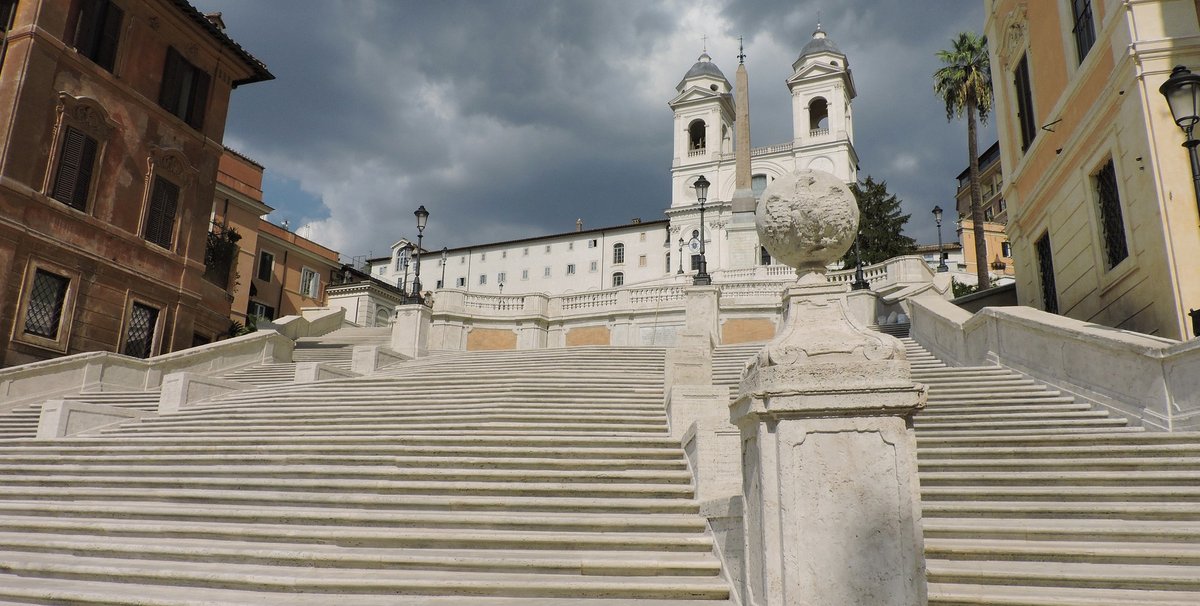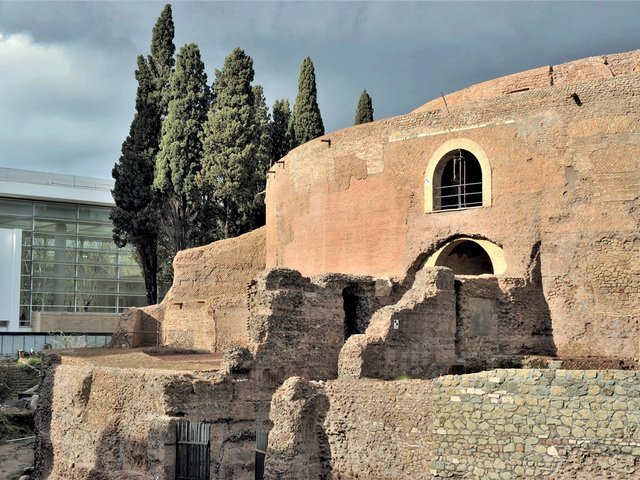Calls to restrict access and charge a fee to sit on the Spanish Steps—a monumental 18th-century Roman travertine stairway connecting the Piazza di Spagna and the Piazza Trinità dei Monti that has served as a major meeting point and passageway for centuries—have met with harsh criticism.
Paolo Bulgari, the president of the jewellery house, says access to the flight of steps, which bridges two areas of Rome’s city centre, should be controlled. The company recently paid nearly €1.5m to restore the steps.
Concern about the popular attraction surfaced in 2015 after Dutch football hooligans damaged the Bernini-designed Fontana della Barcaccia at the foot of the steps. Restoration work on the fountain had just finished before the incident.
Bulgari has proposed a ban on allowing people to sit on the steps as well as the installation of a gate or a Plexiglas barrier (closed during the night-time at least) to prevent the return of the “barbarians” who transformed the monument into a “bivouac”.
Gianni Battistoni, the head of the local commerce group, the Associazione Via Condotti, is also in favour of closing off the monument at night. The art historian Vittorio Sgarbi has gone a step further: in his 16 September column in Oggi magazine, he suggested charging people a symbolic fee of one or two euros for access to the steps and to sit at “this sacred space”. He says that the monument should be enjoyed only by those who are aware of its value.
A public space to be shared Critics of the proposals include the curator and architecture critic Emilia Giorgi, who often focuses on the links between architecture, society and culture. She says: “The city is not a painting or a sculpture—it is a place to live for all. The most important quality of the Italian city is precisely this idea of public space and sharing. Architecture, and even more so, Roman architecture, is historically designed for people. Without them, it becomes an object in a vitrine and this process of museification that awaits us is dangerous.” She is also concerned that a private patron could potentially dictate the way in which a public space should be used.
Sabina Carbonara Pompei, a professor at the University of Ferrara who specialises in 18th-century Roman architecture, argues that the monument has always been a passageway and to close it off would be at odds with its original intention. “The Romans appropriated it very quickly, as old engravings and 19th-century photographs show, and it has always been thought of and lived with in this spirit.”
For now, the Spanish Steps remain accessible to all at no cost, but a ban has been placed on eating on them. The new mayor of Rome, Virginia Raggi, is responsible both for the food ban and for strengthening the police presence around the monument. A law imposing fines for littering was passed in 2015; cigarette butts and chewing gum are the biggest problem in terms of rubbish.
Anna Maria Cerioni, the head of restoration at the Soprintendenza of Rome—the organisation responsible for maintaining the steps—says there is a silver lining to the controversy as people are now more conscious of the value of the monument.



